Species
{{start}}
{{end}}
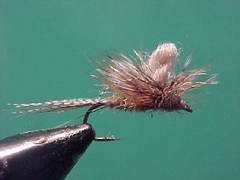
{{+1}}Para dun emerger{{-1}}
{{start}}
This is more of a class of flies rather than just a fly. Perhaps the best known Para Dun Emerger is the Parachute Adams. It was derived form the Adams Irresistible and whilst the Irresistible sits high on the surface film the parachute version sits comfortably in the film making it a very useful emerger pattern.{{end}}
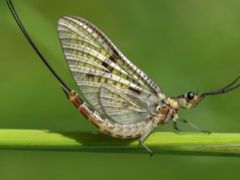
{{+1}}Life cycle of the mayfly (order ephemeroptera){{-1}}
{{start}}
Insects such as Mayflies, Stoneflies and Dragonflies that have part of their life cycle in the water provide a significant part of a trouts diet.{{end}}
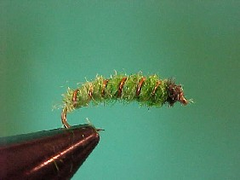
{{+1}}Caddis grubs{{-1}}
{{start}}
Most caddis grubs make a retreat of silk with sand or detritus matter stuck to the outside. Similar in form this fly represents a caddis grub that has been dislodged from it retreat. Colors include cream, lime, fawn, and light browns and olives through to dark browns and olives.{{end}}
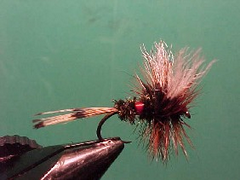
{{+1}}Hair winged royal coachman{{-1}}
{{start}}
I tie a few hair winged duns but don't tie them as representations of any particular Dun or Spinner (imago) stage of any specific insect. The Hair Winged Royal Coachman is an excellent example of a hair winged dun. It evolved from origins in England of the 1800’s.{{end}}
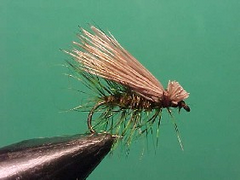
{{+1}}Elk hair caddis{{-1}}
{{start}}
When a caddis fly hatches it rises to the surface of the water, shedding its nest and shuck as it breaks through the surface tension of the water so as to reveal its wings. Caddis flies often use surface movement caused by wind and currents to assist in this process.{{end}}
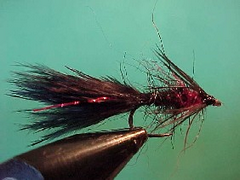
{{+1}}My favourite buggers and variants{{-1}}
{{start}}
My first fish on fly fell to the magic of a Woolly Bugger and many have gone the same way since then. There are probably more variations to the Woolly Bugger than I have had breakfasts. Some are over-dressed some under-dressed, some weighted other not, on all sorts of hooks and in all sorts of colour combinations. These are the best of the best.{{end}}
{{+1}}Trout rissoles{{-1}}
{{start}}
You may recall that in my recipe for fried honey and soy trout that I suggested that " any left over trout should not be wasted. Using your fingers (after washing) flake the remaining trout and carefully remove the bones". If you want to turn the left over flaked trout into great trout rissoles this is how you do it . . . they are very moreish. Preparation time less than 15 minutes.{{end}}

{{+1}}Woolly bugger{{-1}}
{{start}}
The Woolly Bugger is perhaps the quintessential streamer fly and has its origins in America ..... there is also an English fly with bead chin eyes called a Dog Nobler that is very similar. Whatever the name or origin this style of fly is a great fish taker in a wide range of conditions. There are probably more variations to the Woolly Bugger than I have had breakfasts. Some are over-dressed some under-dressed, some weighted other not, on all sorts of hooks and in all sorts of colour combinations. I carry black, brown and olive versions.{{end}}

{{+1}}Mudeye – Chatto original{{-1}}
{{start}}
Most fly fishers will have one or more flies that they use to represent Mudeyes and these include Craigs Night-time, Tie Happy Tickler and Micks Mudeye. An alternative Mudeye representation is set out below. It incorporates many of the features of the flies mentioned above and utilizes two of my favorite fly tying materials, Peacock herl and Ring neck Pheasant (Church Window) feathers.{{end}}













